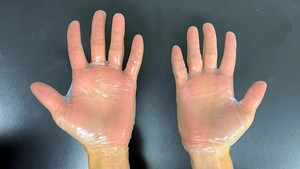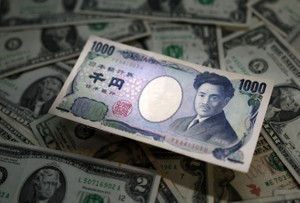By SHIORI OGAWA/ Staff Writer
June 18, 2021 at 16:57 JST
The Ryugu asteroid's soil contains enough hydrogen atoms to make a large quantity of water and molecules of organic substances that can be ingredients for life, according to analysis of samples returned to Earth by the Hayabusa 2.
The Japan Aerospace Exploration Agency announced the discovery on June 17 at a news conference it held prior to starting a full-scale analysis of the soil samples brought back by the space probe.
The discovery is expected to assist in investigating the theory that the elements that created life on Earth arrived from space.
Eizo Nakamura, a specially appointed professor at Okayama University, announced the findings as a result of an initial analysis of the soil samples.
JAXA has cataloged the soil samples brought back by Hayabusa 2 last December, by size, color and shape.
From now, 269 researchers from 14 countries, including Japan and the United States, will conduct an in-depth analysis of the soil's structures and components over the course of about a year.
Nakamura said that a large number of hydrogen atoms, believed to have constituted water molecules, were discovered in soil collected from and below the surface of Ryugu. Hayabusa 2 collected the underground soil samples by blasting an artificial crater on the asteroid.
Regarding the molecules of organic substances that were also discovered, Nakamura said, “We will clarify what sorts of organic materials they are and their specific kinds in scientific papers later.”




















Stories about memories of cherry blossoms solicited from readers
Cooking experts, chefs and others involved in the field of food introduce their special recipes intertwined with their paths in life.
A series based on diplomatic documents declassified by Japan’s Foreign Ministry
A series on the death of a Japanese woman that sparked a debate about criminal justice policy in the United States
A series about Japanese-Americans and their memories of World War II
Here is a collection of first-hand accounts by “hibakusha” atomic bomb survivors.